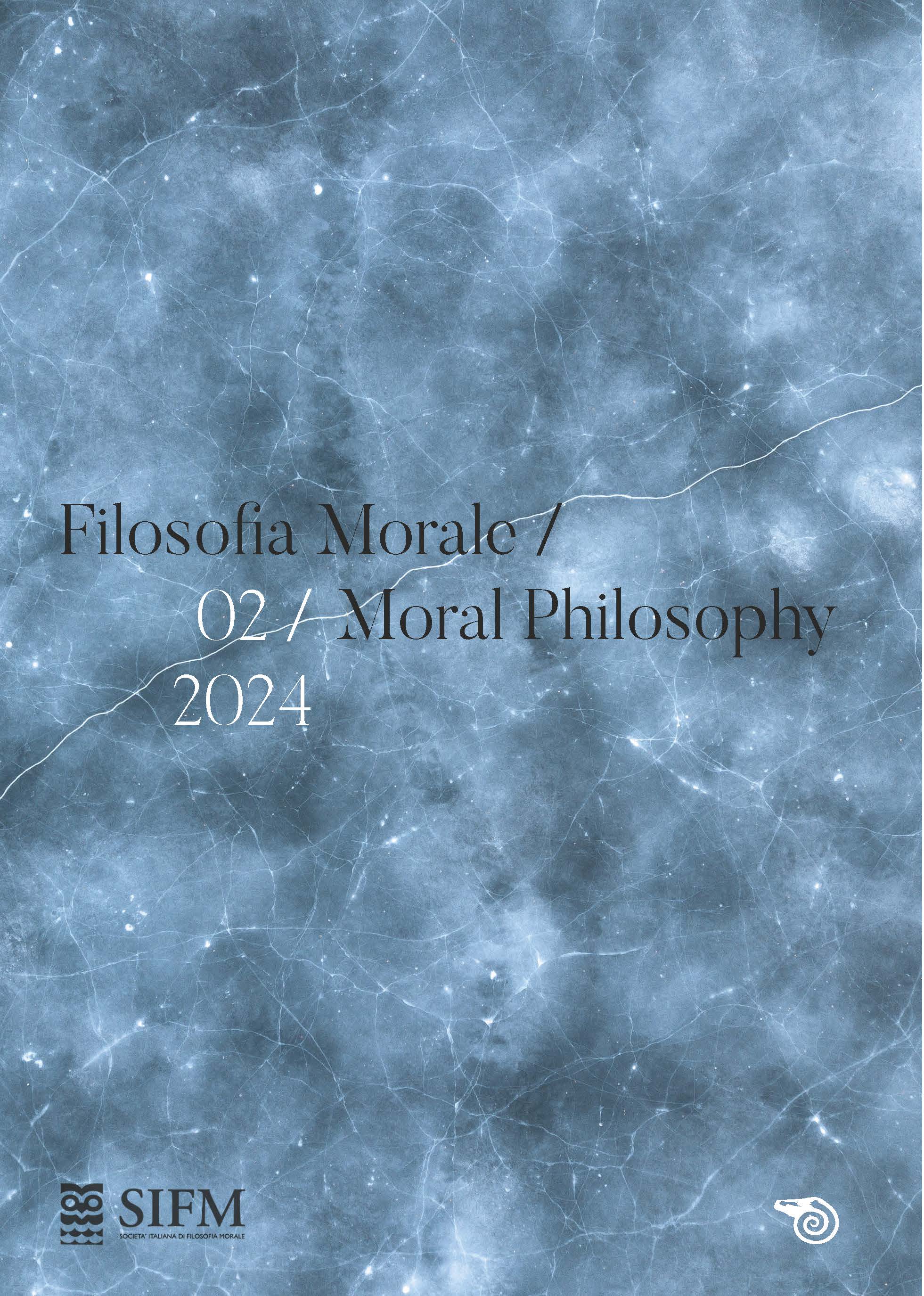RoboCare. Anziani più indipendenti o più invisibili?
Abstract
RoboCare. More independent or more invisible elders?
In recent decades, the use of robots has increased dramatically, and it is easily foreseeable that they will become even more a part of our lives in the coming years. In this paper, we will turn our attention to the role of Socially Assistive Robots (SAR), designed to alleviate loneliness and provide a valuable aid in the activities of caring and caring for the elderly for both caregivers and their “users”. Living in a country characterized by an increasingly low birth rate and an increasingly ageing society, there will be in the future fewer and fewer young people willing to care full-time for sick, elderly or disabled people. In view of such predictions, we consider it necessary to reflect critically about the use of robots in the care sector, which are built to become good caregivers.
Conceived to coexist with humans and to perform functions traditionally attributed to human beings, social robots induce us to rethink our way of conceiving and living a relationship, finding ourselves before an Other who is not classically a “body” placed before us. Finally, we will be forced to rethink the impact of a human-machine relationship, which will become a caring relationship, where the caregiver is a so-called “substitute” and the care recipient a flesh-and-blood human being, more fragile and vulnerable. This reflection will also be an opportunity to question the need to sustain an “exploratory” moral practice, given the heterogeneity of the agents – human and robotic – involved, soon to change the future of medicine, the social-health sector and the more traditional care relationships.




